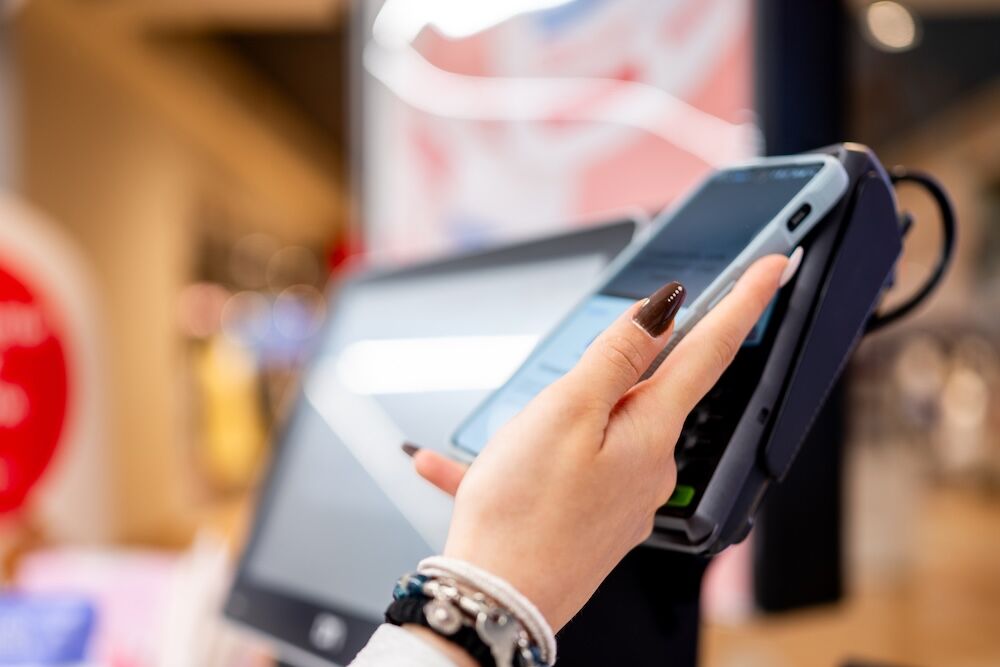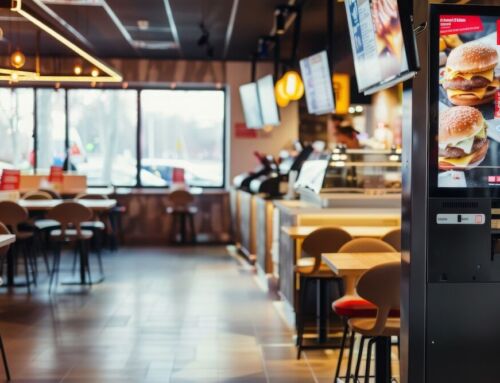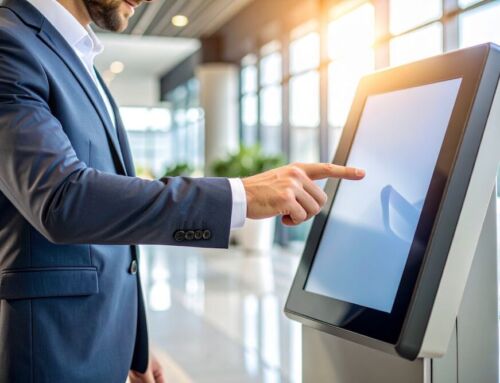It’s notoriously hard to track lines of cause and effect in the evolution of technology. For example, in the field of payments, NFC-based ‘contactless’ or ‘tap-and-pay’ cards first appeared at roughly the same time as chip-and-pin cards around the turn of the Millennium.
And yet, for close to the next two decades, it seemed that chip-and-pin had comprehensively won the digital payments arms race – until, in 2018, contactless payments overtook chip-and-pin for in-person payments for the first time. And the rest, as they say, is history.
Why did it happen that way? It’s hard to say for certain. The raising of contactless payment limits (remember the days of £10?), the advent of NFC-fuelled mobile wallets. It’s also true that the move away from cash and the unfolding of the digital payment story has been shaped significantly by the endpoint technology available. In this regard, the rapid early rollout of chip and pin card readers had a big say. But as endpoints have diversified, so have digital payments.
It’s our humble take that kiosks have played an important role in this. With their combination of user-friendly touchscreens and the easy integration of different types of payment modules (NFC, chip-and-pin, swipe), we’d even go as far as say that kiosks have encouraged banks and payment services to experiment with different formats for in-person payments. A great recent example is Lloyd’s piloting of ‘Pay by Bank’, a direct bank transfer option it has designed specifically for hospitality and retail kiosks.
And that’s just one example. In fact, we can think of five ways kiosk technology is continuing to drive forward payment evolution. Here they are.
Cashless premises
While there are good arguments for avoiding the complete disappearance of cash in society, in places like schools, the phasing out of cash has been a big plus both from a security and a logistical standpoint. With kiosks for parents to top up school dinner accounts and kiosks in the canteen for pupils to select and log their meals, the days of lost or stolen dinner money are a thing of the past. And schools don’t have the concerns that go with handling cash on site.
Now we’re seeing the idea of cashless premises influence the development of unattended retail – unstaffed convenience-type outlets managed via combinations of vending technology, kiosks and cashless payments.
Cardless transactions
Nevermind cashless or even contactless transactions – kiosks are also enabling the growing popularity of in-person payments that don’t involve a card at all (and that includes no mobile wallets, too, which are principally your bank cards in an app form). Lloyd’s Pay by Bank pilot mentioned above is an example of a cardless transaction – a direct bank transfer with a swift, easy UX delivered at point of sale via a kiosk touchscreen. But there are other examples, such as using online payment platforms like PayPal. With a secure login protocol and a suitable means of verification (such as an authentication code sent to a customer’s mobile), using these services at a POS kiosk can be just as quick and easy.
In-person mobile payments
More than half of Brits now use mobile wallets. But the likes of Apple Pay and Google Pay are just one of several ways you can use a smartphone to make a payment in person. And kiosks are helping to make all of them easier and more popular. One example is the use of QR codes on a checkout screen that customers scan on their phone. The link can be set up to make an instant payment via a mobile wallet, a payment app like PayPal or Venmo, or even direct from a banking app – which is what the Lloyd’s Pay by Bank service does.
BNPL and instant credit
Perhaps one of the biggest transformations kiosks are helping to drive in on-premise payments is the growing use of buy now, pay later (BNPL) platforms in physical premises. Popularised by mobile apps like Klarna and Afterpay, kiosks can give in-person customers secure access to their own accounts. Kiosks are also very useful for rolling out brands’ own BNPL services and similar short-term credit facilities. You can provide all the information customers need to know in an accessible way, and even run confirmation checks there and then (like tapping a bank card to register bank details).
Biometric payments
Finally, on the topic of confirmation/authentication at kiosks, one of the more futuristic possibilities for the evolution of payments is ‘paying with your body’ – otherwise known as biometrics. With biometric face, fingerprint and even iris scanners already widely used for personal identification and security via kiosks (see the new EU biometric entry scheme), it opens the door to the possibility that payments could one day be authorised by no more than looking at a camera or touching a pad – no cards, no mobiles, just the account holder’s biometric data.




